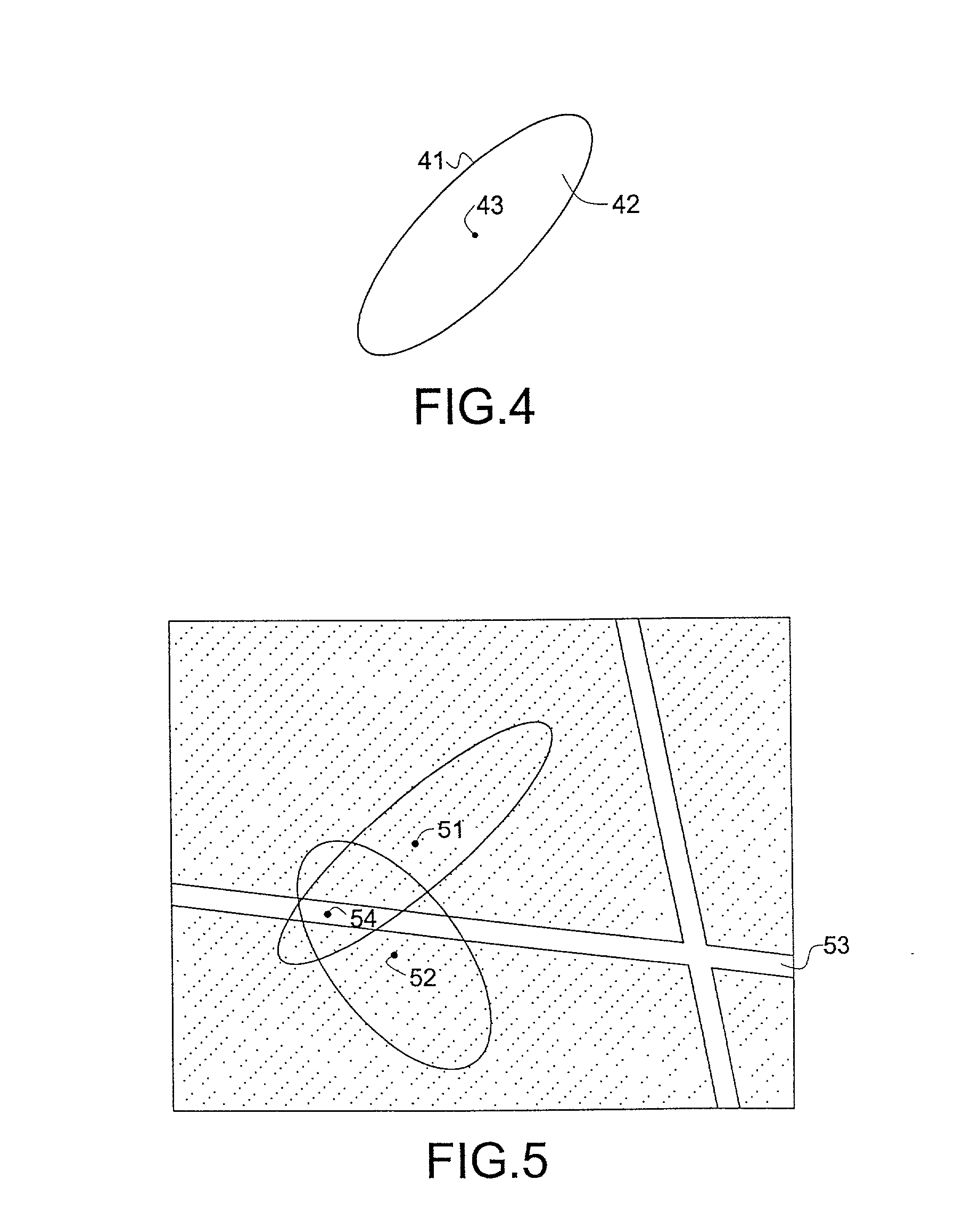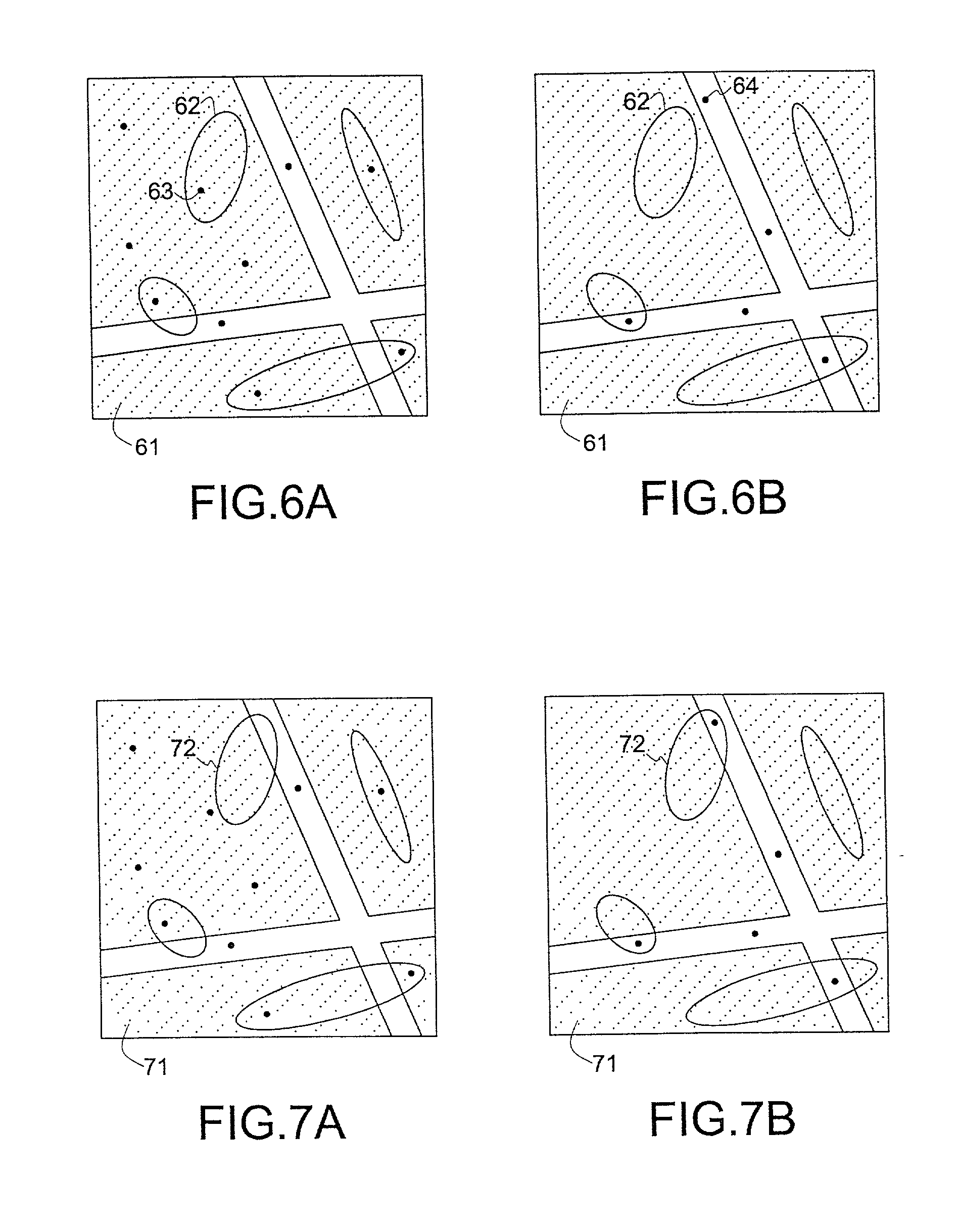Embedding and detecting a watermark in an information signal
a technology of information signal and embedding, applied in image watermarking, television system, instruments, etc., can solve the problems of inability to detect the exact inability to embed the watermark in the information signal, and inability to detect the location of the salient point in the geometrical field, so as to achieve the effect of improving detection and robustness of embedding the watermark
- Summary
- Abstract
- Description
- Claims
- Application Information
AI Technical Summary
Benefits of technology
Problems solved by technology
Method used
Image
Examples
Embodiment Construction
[0018] The invention will be described with reference to video watermarking, but can also be applied to other multimedia contents. It is convenient to describe the watermark detection process first. FIG. 2 shows a schematic diagram of a watermark detector in accordance with the invention. The detector receives a suspect image J, and comprises a salient point extraction (SPE) unit 21, a matching unit 22, and a decision unit 23. FIG. 3 shows a schematic diagram of the watermark embedder in accordance with the invention. The embedder receives an unwatermarked image I, and comprises the same salient point extraction unit 21 and matching unit 22 as the watermark detector. The embedder further comprises a salient point modification (SPM) unit 24 which processes the image in such a way that the embedder of FIG. 2 will detect the processed image I.sub.w as being a watermarked image.
[0019] Salient points are points of an information signal for which a given saliency function S( ) has a local...
PUM
 Login to View More
Login to View More Abstract
Description
Claims
Application Information
 Login to View More
Login to View More - R&D
- Intellectual Property
- Life Sciences
- Materials
- Tech Scout
- Unparalleled Data Quality
- Higher Quality Content
- 60% Fewer Hallucinations
Browse by: Latest US Patents, China's latest patents, Technical Efficacy Thesaurus, Application Domain, Technology Topic, Popular Technical Reports.
© 2025 PatSnap. All rights reserved.Legal|Privacy policy|Modern Slavery Act Transparency Statement|Sitemap|About US| Contact US: help@patsnap.com



